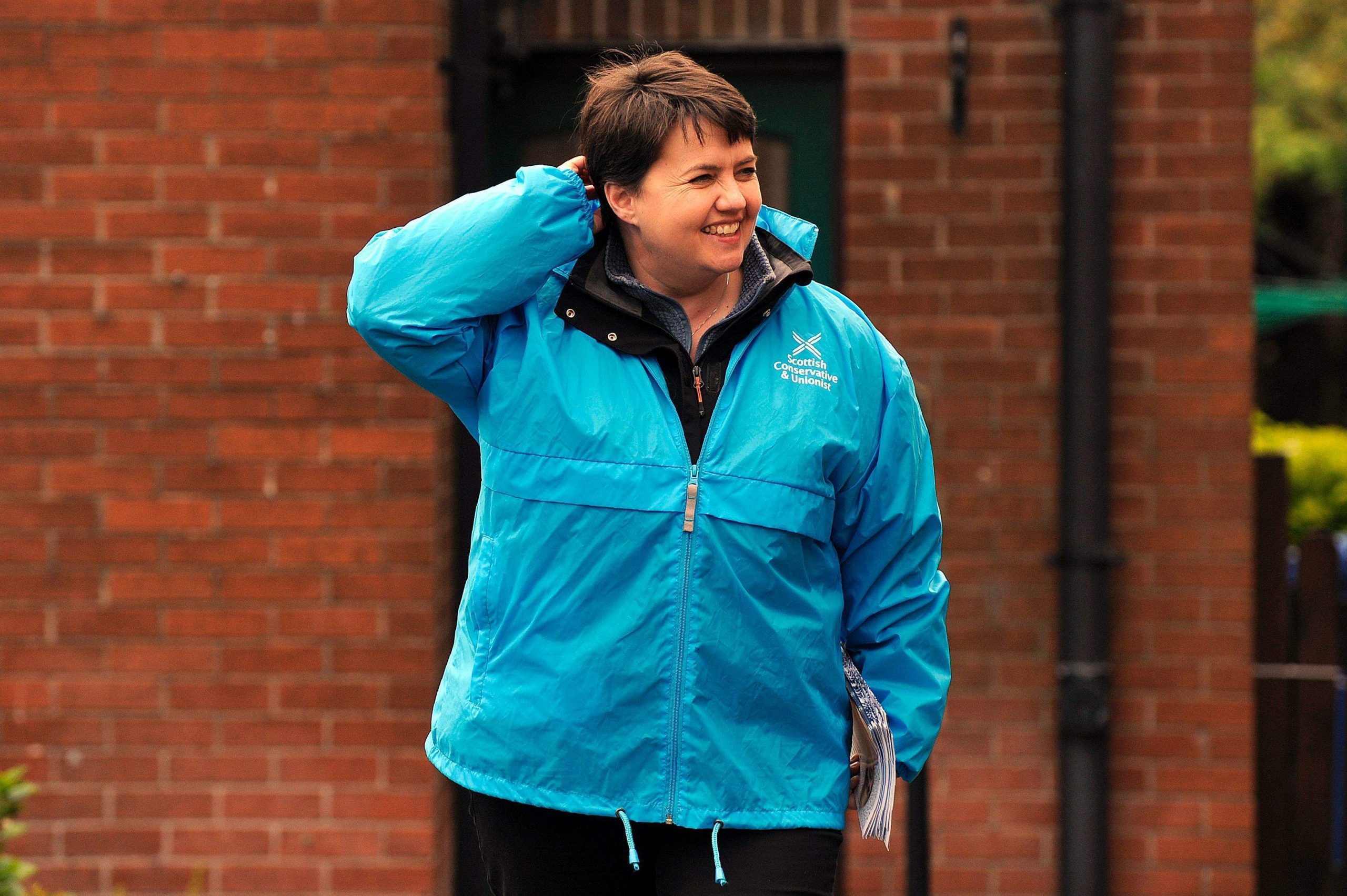
On June 9, even the victors will look like losers. The horror show of the past few weeks has exposed worrying weaknesses in the judgment and character of Theresa May (a reason to be glad the election was called – it’s better to know), and it seems likely her majority will fall short of the landslide so recently and widely predicted. If there is little doubt Mrs May will be returned to Downing Street, she will do so with her authority in her party diminished rather than enhanced, and will be watched nervously by a newly sceptical public. Those Tory sharks, never far from the scene, will move closer, scouting for blood.
In Scotland, Nicola Sturgeon’s SNP will retain the majority of its seats – at the last election it won 56 out of a possible 59 – but it will lose at least a handful, and its vote share could drop sharply. Its Westminster leader, Angus Robertson, and its former leader, Alex Salmond, are both at risk of defenestration. The inevitable judgment will be that the Nats, while still on top, have begun what could turn out to be a quite sudden and dizzying descent.



